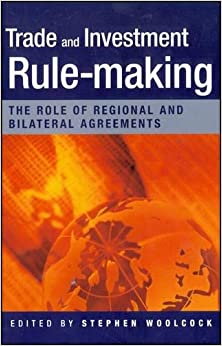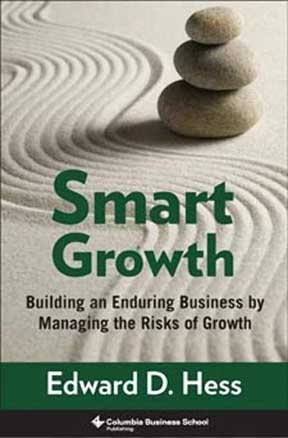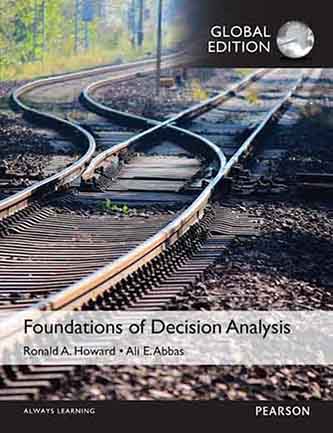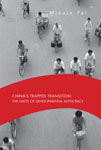Book Details

Making Room : The Economics of Homelessness
One perplexing fact is that, though homelessness in the past occurred during economic depressions, the current wave started in the 1980s, a time of relative prosperity. As Brendan O’Flaherty points out, this trend has been accompanied by others just as unexpected: rising rents for poor people and continued housing abandonment. These are among the many disconcerting facts that O’Flaherty collected and analyzed in order to account for the new homelessness. Focused on six cities (New York, Newark, Chicago, Toronto, London, and Hamburg), his studies also document the differing rates of homelessness in North America and Europe, and from one city to the next, as well as interesting changes in the composition of homeless populations. For the first time, too, a scholarly observer makes a useful distinction between the homeless people we encounter on the streets every day and those “officially” counted as homeless.
O’Flaherty shows that the conflicting observations begin to make sense when we see the new homelessness as a response to changes in the housing market, linked to a widening gap in the incomes of rich and poor. The resulting shrinkage in the size of the middle class has meant fewer hand-me-downs for the poor and higher rents for the low-quality housing that is available. O’Flaherty’s tightly argued theory, along with the wealth of new data he introduces, will put the study of homelessness on an entirely new plane. No future student or policymaker will be able to ignore the economic factors presented so convincingly in this plainspoken book.
1 Introduction
2 What Is Homelessness
3 Why Is It Bad?
4 Homeless Histories
5 Daytime Streetpeople
6 How to Think about Housing Markets
7 Income Distribution
8 Interest Rates and Operating Costs
9 Cross-Section Studies
10. Government and Housing
11. Income Maintenance
12. Mental Health
13. Substance Abuse
14. Criminal Justice
15. What We Should Do
Appendix: Homeless Studies
Notes
References
Index

GROUPTHINK VERSUS HIGH QUALITY DECISION MAKING IN INTERNATIONAL RELATIONS

Trade and Investment Rule-Making : The Role of Regional and Bilateral Agreements

SMART GROWTH : Building an Enduring Business by Managing the Rishks of Growth

Prescriptive Analytics : The Final Frontier for Evidence-Based Management and Optimal Decision Making
Popular Picks on the Month













